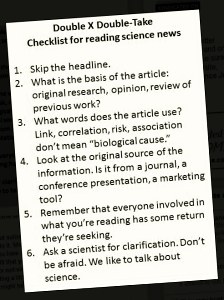 Scientist Emily Willingham blogs about science at Double X Science. BoingBoing just alerted me to the existence of her site and the fact that she has come up with a handy, six-step guide for reading and interpreting science news stories (it applies equally well to press releases).
Scientist Emily Willingham blogs about science at Double X Science. BoingBoing just alerted me to the existence of her site and the fact that she has come up with a handy, six-step guide for reading and interpreting science news stories (it applies equally well to press releases).
The six rules are useful for lifting the veil on the science being touted or reported and should serve as a lesson for press release authors hoping to avoid hyperbole and journalists wishing to remain neutral in their reporting and avoid sensationalising a mundane research paper.

Willingham explains why each of her rules is important and gives a demo of how to apply them with a sample news story about exposure to “chemicals” and autism. The same checklist can equally be applied to scientists writing about developments in science too, of course. Certainly, it is worth considering rule #5, if choosing to apply #6…everyone has an agenda.
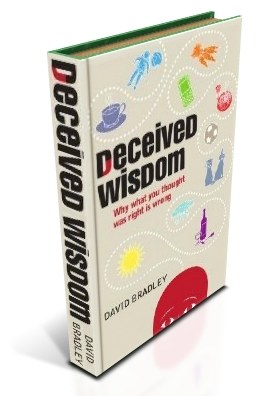
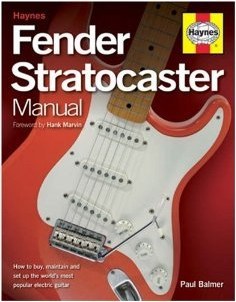 An odd mix of books on my desk for review right now including: The Haynes Fender Stratocaster Manual by Paul Palmer and A Year in the Garden by “Mr Digwell”.
An odd mix of books on my desk for review right now including: The Haynes Fender Stratocaster Manual by Paul Palmer and A Year in the Garden by “Mr Digwell”.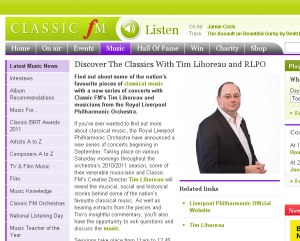
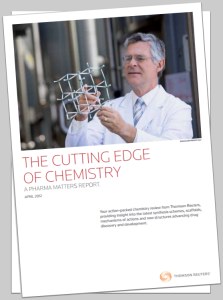 The latest issue of my Cutting Edge of Chemistry report for TR Pharma Matters is now available.
The latest issue of my Cutting Edge of Chemistry report for TR Pharma Matters is now available.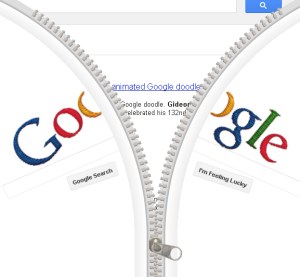

 My new book, which I just mentioned not 5 minutes ago, and for which I’ve not actually signed the physical, paper contract nor done much more than the basic table of contents and a single “typeset test” chapter, is already on Amazon and discounted from the list price by 10%. Maybe it’ll be available for a quid by the time I’ve actually written it: I assume you could pre-order here: Deceived Wisdom
My new book, which I just mentioned not 5 minutes ago, and for which I’ve not actually signed the physical, paper contract nor done much more than the basic table of contents and a single “typeset test” chapter, is already on Amazon and discounted from the list price by 10%. Maybe it’ll be available for a quid by the time I’ve actually written it: I assume you could pre-order here: Deceived Wisdom I’ve collaborated on a few books over the years with esteemed authors such as John Gribbin, Adam Hart-Davis, Ian Stewart, Robert Slinn, even Richard Dawkins. Admittedly for the most part, by collaboration I simply mean I contributed a chapter or section to a book to which those people also contributed, although I did edit the chemistry chapters written by Hart-Davis in a Dorling Kindersley tome.
I’ve collaborated on a few books over the years with esteemed authors such as John Gribbin, Adam Hart-Davis, Ian Stewart, Robert Slinn, even Richard Dawkins. Admittedly for the most part, by collaboration I simply mean I contributed a chapter or section to a book to which those people also contributed, although I did edit the chemistry chapters written by Hart-Davis in a Dorling Kindersley tome.